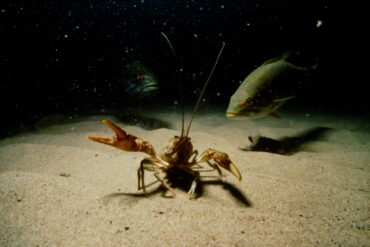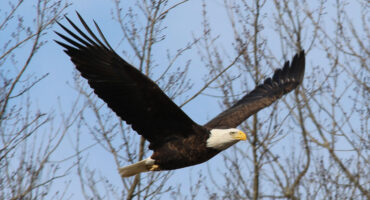-
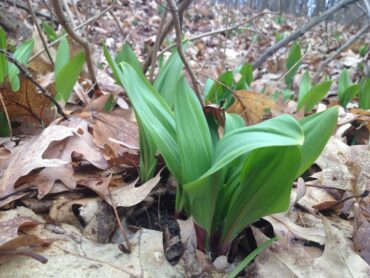 AYITWKFeature HomepageFoodForests and PlantsHistory and CultureLatest NewsNewsRecreation and TourismScience, Technology, Research
AYITWKFeature HomepageFoodForests and PlantsHistory and CultureLatest NewsNewsRecreation and TourismScience, Technology, ResearchA Fleeting Wild Taste of Spring Ephemerals: Ramps and Ostrich Fern
-As the Great Lakes winter recedes, the forests from the shores of Lake Superior to Lake Erie begin to show signs of life. Among the first to announce spring are the ramps emerging in the undergrowth.
00 -
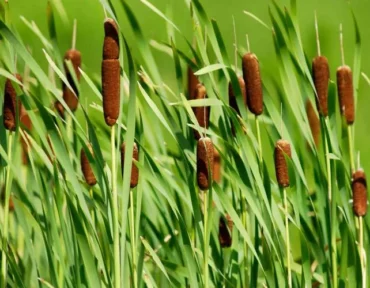 CollaborationFeature HomepageForests and PlantsGreat Lakes News CollaborativeInvasive SpeciesLake ErieLake OntarioLatest NewsNewsResearch, Data and TechnologyScience, Technology, ResearchWater Quality and Restoration Efforts
CollaborationFeature HomepageForests and PlantsGreat Lakes News CollaborativeInvasive SpeciesLake ErieLake OntarioLatest NewsNewsResearch, Data and TechnologyScience, Technology, ResearchWater Quality and Restoration EffortsFinding creative new ways to manage invasive cattails
-Scientists are thinking holistically about biodiversity, sustainability, and resilience when it comes to the role invasive cattails play in the Great Lakes.
-
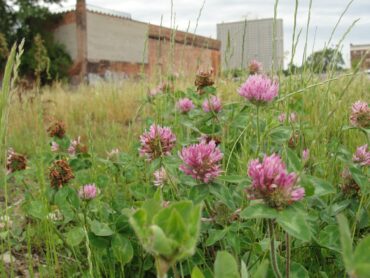 AYITWKGLFeature HomepageFoodForests and PlantsHistory and CultureIndigenous CommunitiesLatest NewsNewsRecreation and TourismScience, Technology, ResearchTourism
AYITWKGLFeature HomepageFoodForests and PlantsHistory and CultureIndigenous CommunitiesLatest NewsNewsRecreation and TourismScience, Technology, ResearchTourismYour Foraging Journey: A Framework to Sustainable and Safe Practices
-An introduction to “A Year in the Wild Kitchen of the Great Lakes” — a content series in partnership with expert forager Lisa M. Rose with the mission of nurturing a deeper connection with the natural world through the lens of foraging.
-
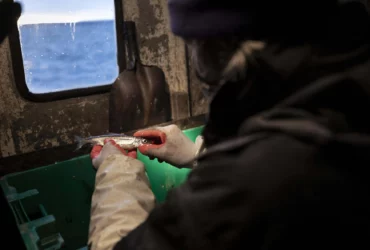 CollaborationFish, Birds and AnimalsLake SuperiorLatest NewsMichiganNewsScience, Technology, Research
CollaborationFish, Birds and AnimalsLake SuperiorLatest NewsMichiganNewsScience, Technology, ResearchPoints North: The Quest for Kiyi
-Small, silvery fish called kiyi used to roam the deep, cold waters of nearly every Great Lake. Remnant populations still exist in Lake Superior, and scientists are wondering: Can we find them?
-
 Feature HomepageForests and PlantsGLNCGreat Lakes News CollaborativeLatest NewsNewsOntarioScience, Technology, ResearchWater Quality and Restoration Efforts
Feature HomepageForests and PlantsGLNCGreat Lakes News CollaborativeLatest NewsNewsOntarioScience, Technology, ResearchWater Quality and Restoration EffortsGhostly Grey Specters
-How unprecedented water levels are fluctuating in the Georgian Bay, impacting the lives of long-standing residents, including humans and trees.
-
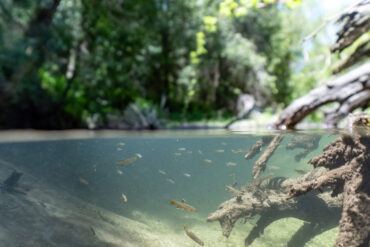 CollaborationFish, Birds and AnimalsGreat Lakes News CollaborativeLake OntarioLatest NewsNewsOntarioScience, Technology, Research
CollaborationFish, Birds and AnimalsGreat Lakes News CollaborativeLake OntarioLatest NewsNewsOntarioScience, Technology, ResearchWild fish spring to life in Lake Ontario, despite dams, pollution and hatchery competitors
-Non-native species of salmon and trout have become an important part of Lake Ontario’s ecosystem. Keeping them healthy is often at odds with stocking fish for anglers.
-
 Climate ChangeFeature HomepageLatest NewsMichiganNewsPolitics, Policy, Environmental JusticeRecreation and TourismScience, Technology, ResearchThe StatesTourism
Climate ChangeFeature HomepageLatest NewsMichiganNewsPolitics, Policy, Environmental JusticeRecreation and TourismScience, Technology, ResearchThe StatesTourismAfter a hot winter, Whitmer asks for more ways to get aid to businesses
-Gov. Gretchen Whitmer said this week that with warm winters expected to continue, businesses need better access to federal assistance.



